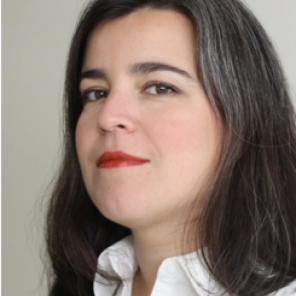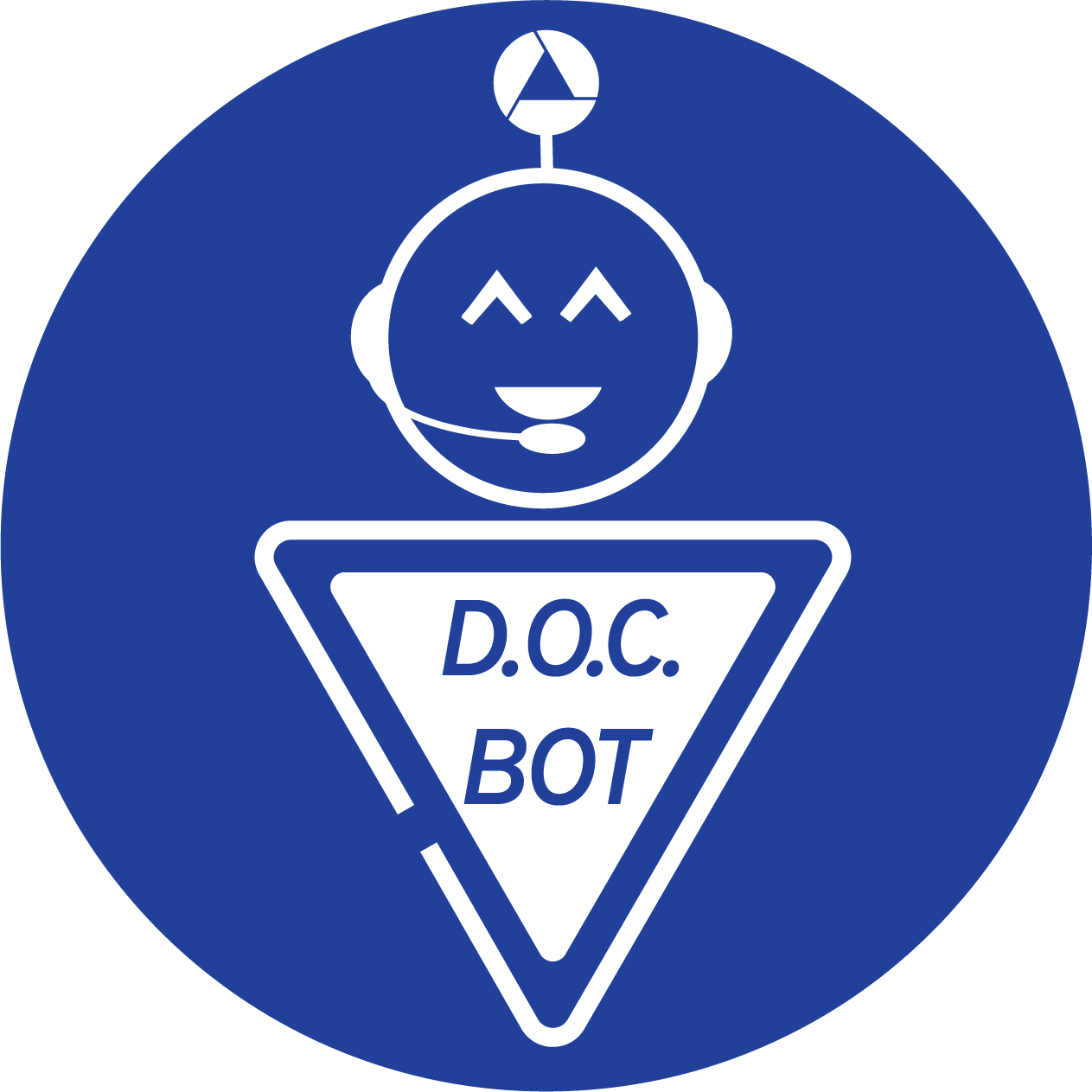
Joana Cunha-Cruz, D.D.S., M.P.H, Ph.D is Associate Director of Strategic Partnerships at the Northwest Center for Public Health Practice at the University of Washington, Seattle. She is Research Associate Professor in the Department of Oral Health Sciences, University of Washington School of Dentistry and Adjunct in the Department of Health Services, University of Washington SPH. Cunha-Cruz received her D.D.S. degree at the State University of Pernambuco and her M.P.H. and Ph.D. degrees at the State University of Rio de Janeiro, both in Brazil. Cunha-Cruz is a public health researcher, with dental and epidemiology degrees. Born in Rio de Janeiro, Cunha-Cruz grew up in the Northeastern region of Brazil and now lives in Seattle, WA. Cunha-Cruz funded research has been focused on understanding and mitigating socioeconomic and racial disparities in oral health through system and practice changes. Cunha-Cruz combines qualitative and quantitative research methods to understand behavior and organizational changes using an equity lens and behavioral and implementation sciences. She has been partnering with a dental managed care organization in Oregon State to implement an integrated mobile and clinic-based dental care delivery system with pay-for-performance and a focus on decreasing oral health disparities for children. In addressing racial disparities, Cunha-Cruz has been working with a tribal health care organization and southeast Alaska tribal communities to improve the dental care delivery for Alaska Native children. Partnering with a care organization serving Latin migrant workers, she has been developing a nutritional intervention to generate evidence for dental care providers in addressing the role of sugar-sweetened beverages in tooth decay. Cunha-Cruz was the 2019 winner of the Evidence-Based Dentistry Mid-Career Faculty Award from the American Dental Association and the AADR.
How did you first learn about the AADR and what motivated you to join?
I first learned about the AADR when I was doing my M.P.H after I completed my dental degree in Brazil. I discovered that IADR/AADR was the avenue to share research findings and meet new investigators and network. I joined the organization later on, after I came to the United States as part of my Ph.D. I was connected with faculty at University of Washington, Seattle, by my mentor who lived in Brazil. What motivated me to join was being able to share my research with my peers and I believe AADR is the main venue for that.
Can you describe your research? How do you hope your work will impact others?
I am a dentist and epidemiologist. I try to understand why people get dental diseases and how to prevent and restore oral health and quality of life. I do this through different avenues. I do studies on populations specifically. I have been working on trying to improve the delivery system in dental care organizations and try to understand how to implement change in the providers and dental care team to use for ethnic based practices which will improve oral health at the population level. I use mixed methods like implementation of sciences and observation of behavioral change.
Can you tell a story or give an example of how cross collaboration with other scientific disciplines has been important to your career?
I have partnered with psychologist, biostaticians, medical anthropologists, nutritionists, public health practitioners, researchers and hygienists. I am interested in understanding people from the child with the caries to the family lifestyle to the provider delivering the care and in order for me to have a better understanding of these situations I have to partner with others that have the knowledge and combine it to understand those aspects of health delivery.
Can you describe your experience being a researcher from an underrepresented group in science?
My experience as a Latina in a new environment has been rewarding and challenging at the same time. I have had great opportunities to understand this system and society as a minority and this opened my eyes to different perspectives and the structure of the research enterprise. The topic of my research is disparities in oral health, and I am very aware of these disparities and inequalities in this country and the world. I am very aware of the gaps that exist in oral health and quality of life between minorities. I am also aware of the various disparities that researchers experience and building resilience is an important aspect of that.
Have you had the opportunity to mentor underrepresented minorities or work to increase diversity in science? If yes, can you describe your experience and what agencies/organizations you worked with?
I think mentoring is a very important aspect of what we do. I think about who my mentors were and how they worked with me and now I can do the same thing for others and share what I have learned. So far, I have had the opportunity of mentoring a few students not necessarily minority students because I believe there is a pipeline issue of who is gaining admission into the dental school and it is not very diverse to begin with. I have not had many opportunities to mentor dental students from underrepresented groups. I do mentor Latino Ph.D. students who come to spend a year abroad with me doing research that is sponsored by Federal Research Institute (FRI) and we usually work on a project of their interest. I have also mentored some dental students that have graduated from underrepresented groups. It has been a wonderful experience even though I have not mentored many URM students that I had wished.
Based on your experience, how would you encourage AADR members to help increase the diversity of the research workforce?
I think we need several avenues to address this issue. There is serious issue of representation that is lacking. There are so many people in communities that are underrepresented at AADR. It is not a simple solution; it starts with helping URMs to apply to dental school and even before that to have the interest in oral health or the vision that they can be dentist. AADR members can serve as role models to URMs. They can also work on policies and practices on how to develop intentional increase in representation. There needs to be open discussion of those issues and it should be on the agenda of every single meeting that is held. There needs to be strong leadership as well. It should be the mission and vision of every organization to promote diversity.
What role do you think professional associations can play in supporting its members who are members of underrepresented minority/ethnic groups?
I think that documenting disparities at every level within an organization is important. Everyone is already aware of the disparities but they need to see it. AADR needs to be open about representation in their committees. It also should be clear which policies they are implementing that is geared towards decreasing the gap. I think there is a lot to learn from other entities that have gone through this process so it would best to see what we should implement for diversity and inclusion. I think another thing they could do is succession planning in leadership, how can we stimulate new leaders that are young and are URMs and be intentional on supporting those leaders. The practices might be different to support URMs, so there needs to be a culture change so they can support these leaders. Culture will change over time but we should not wait for the culture to change before we implement how to bridge the gap. There also needs to be more incentives for URMs in research. We cannot ignore the income disparity between minorities. URMs will not do research if they do not have an investment that is helping them, they will run towards clinical dentistry because that is a steady income. I am glad AADR is doing this and I hope that this brings about change in a good way. I hope their channels of communication are strengthened to help educate others.




